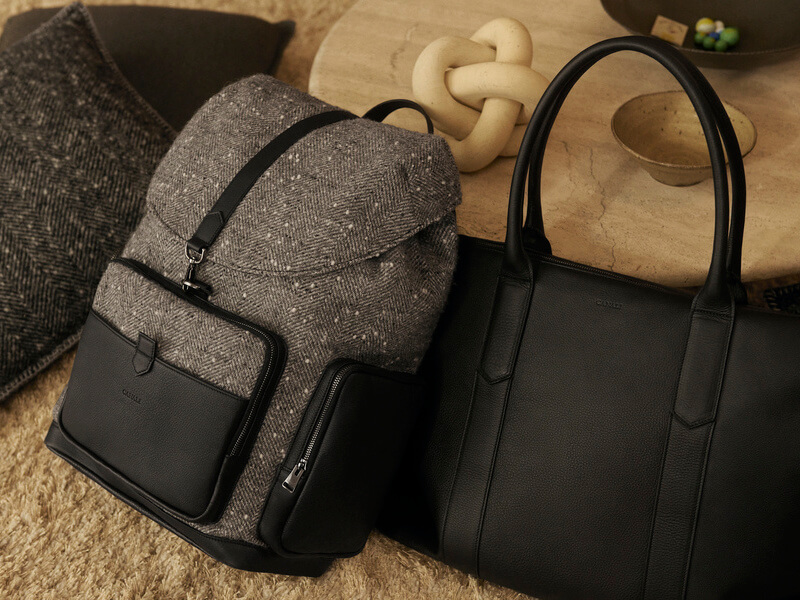CARE AND MAINTENANCE OF SUITS
The purpose of this guide is to provide you with all the information necessary to preserve Canali suits well and maintain them over time, with the same sustainable and eco-friendly attitude that the company has adopted to produce them. Because the longer their lifespan, the lower the environmental footprint of those who create and own them.
How to Clean and Wash a Suit
1738631992970: general-title-description
1738632108135: general-title-description
1738633841851: general-title-description
1738513676220: editorial-text-with-image
1738632132568: general-title-description
1738515819970: general-banner-cta
1738515434962: general-breadcrumb







